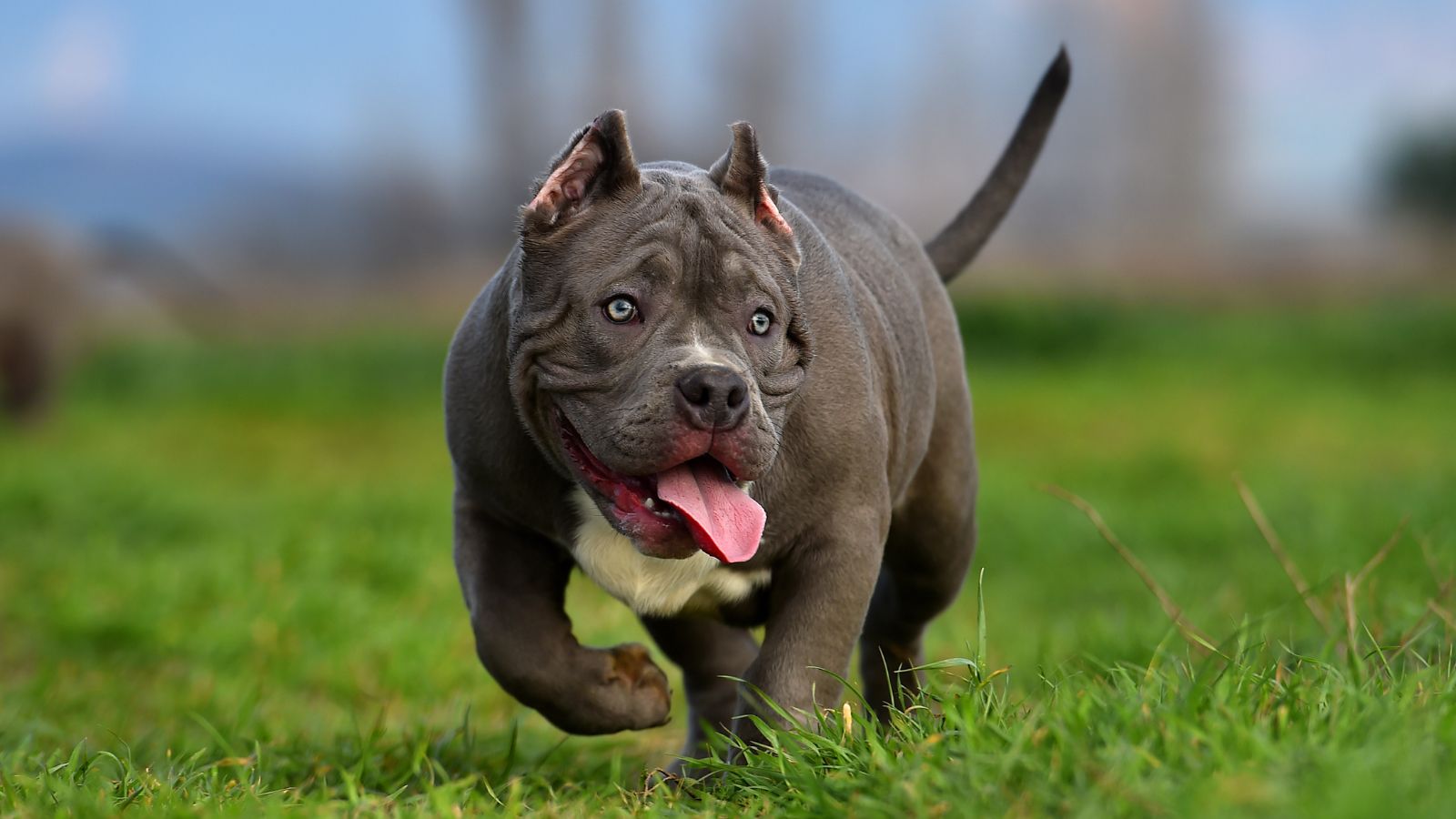When it comes to man’s best friend, there’s a wide variety of breeds to choose from. But among them, bully breeds often stand out. Misunderstood and surrounded by misconceptions, these dogs have a reputation that’s far from the truth.
Bully breeds encompass a range of dogs, including the American Staffordshire Terrier, the Bulldog, and the Boxer, among others. They’re known for their muscular build and strong appearance, but there’s so much more to these dogs than meets the eye.
 Bully Dog Breeds
Bully Dog Breeds
In this quest to appreciate bully dog breeds better, it becomes pivotal to comprehend the term itself and to dispel lingering misconceptions.
Defining the Term “Bully Dog Breeds”
“Bully Dog Breeds” refers to a particular group of dog breeds. These breeds share a lineage, tracing roots back to breeds used for bull-baiting, a cruel and banned sport, hence the term “Bully”. A more precise understanding centres on the Bull and Terrier breeds, which resulted from a cross between the game terriers and the then Old English Bulldogs in the 19th century. Breeds in this category range from American Staffordshire Terriers, Bulldogs and Boxers to the slightly obscure Alapaha Blue Blood Bulldog or even the Dogo Argentino. These breeds share a muscular physique and a robust, sturdy build, making them stand out.
Bully dog breeds often find themselves at the centre of misconceptions, myths, and misinformation. The most common misconception is their aggression. While they do possess a strong physique, their temperament is not necessarily aggressive — it’s important to remember that behaviour is often a product of upbringing, training, and socialisation. Another myth is the belief that these dogs can lock their jaws.
 Characteristics of Bully Breeds
Characteristics of Bully Breeds
Bully dog breeds exhibit a unique set of physical and behavioural attributes. These characteristics make these breeds easily distinguishable and greatly loved by many.
Physical Traits
Bully breeds present distinct physical attributes that separate them from other dog breeds. They boast a robust and muscular build which is an identifying trait. American Staffordshire Terriers, for instance, possess a stocky frame, with a broad head and short snout. Additionally, Bulldogs often sport a wide chest, low-hanging jowls, and a distinctive wrinkled face. Physical traits are not merely aesthetic variables, but also play a role in the breed’s health and well-being. It’s crucial to note, for example, that Bulldogs may require extra care due to their skin folds, since these can harbour bacteria if they’re not cleaned regularly.
These physical features, however, don’t define the entire breed spectrum. Variations exist within the bully breeds, and individual features can change drastically based on a dog’s parentage and genetics.
 Popular Bully Dog Breeds
Popular Bully Dog Breeds
Delving deeper, let’s take a closer look at three popular bully dog breeds— the American Pit Bull Terrier, Staffordshire Bull Terrier and the American Bulldog.
American Pit Bull Terrier
The American Pit Bull Terrier, not to be mistaken for the Staffordshire Terrier, ranks among the most infamous bully breeds, unjustly so. Traditionally bred for bull-baiting, these dogs boast a muscular build. Displaying distinct physical features, they own broad chests and powerfully chiselled jaws. Agile and strong, they surprise many with their high energy levels. Yet, these dogs exhibit an affectionate demeanour, characterised by their loyalty and love for humans. Known for their intelligence, they respond effectively to positive reinforcement training, however, early socialisation remains crucial to ensure they grow up to be well-behaved adults.
Next in line, the Staffordshire Bull Terrier stands as a smaller sibling to the American Pit Bull Terrier. Exhibiting similarities in their sturdy physique, these dogs were fascinated with their powerful and muscular frames. Staffordshire Bull Terriers, often carrying a fierce reputation due to their historical significance in dog fighting are, in fact, renowned for their love for children, earning them the nickname ‘nanny dogs.’ Despite their compact size, they pack a punch in terms of strength and remain highly energetic. Reiterating, it’s crucial to enforce early socialisation and use positive reinforcement to curate their behaviour, bypassing any potential aggressiveness.